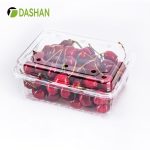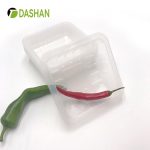Disposable Cups, especially PET Cups, are essential for serving beverages from coffee to milkshakes. Available in small (8–12 oz), medium (12–16 oz), and large (16–32 oz) sizes, these Plastic Cups provide clarity, durability, and food safety. Ideal for Plastic Coffee Cups, Ice Coffee Cups, and Milkshake Cups, they also support sustainability through recyclability and rPET usage, meeting both consumer and business needs.
Introduction
In today’s fast-paced world of foodservice and beverages, Disposable Cups have become indispensable. Whether you’re sipping on your morning coffee, grabbing an iced latte from your local café, or enjoying a milkshake on a hot afternoon, chances are that drink is served in a PET Cup or another type of Plastic Cup. These cups are designed for convenience, hygiene, and cost-efficiency—qualities that have made them the global standard across restaurants, cafes, fast-food chains, and even household parties.
This blog explores the sizes of Disposable Cups commonly available on the market, their applications in different beverage categories, the role of Plastic Coffee Cups, Ice Coffee Cups, and Milkshake Cups, as well as key trends in sustainability and consumer preferences. By the end, you’ll have a comprehensive understanding of why PET cups dominate the beverage packaging industry and how businesses can choose the right sizes to satisfy customers.
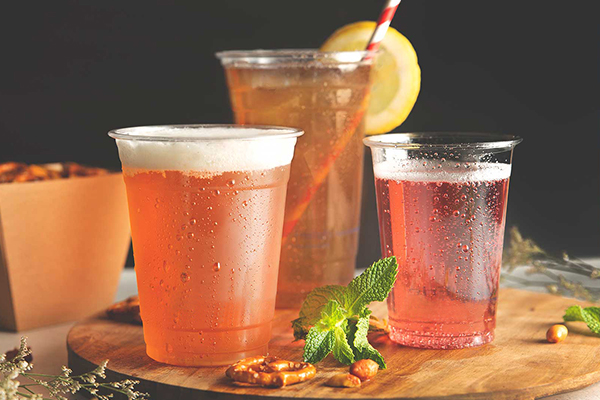
Why PET Cups Dominate the Beverage Market
Transparency and Presentation
One of the primary reasons PET Cups are the top choice for Disposable Cups is their excellent clarity. Unlike paper cups or lower-quality plastics, PET Cups have a glass-like appearance that highlights the beverage inside. Whether it’s a layered iced coffee, a smoothie, or a fruit-infused soda, clear Plastic Cups enhance presentation and influence consumer purchasing behavior.
Strength and Durability
Compared with polystyrene or PLA cups, PET Cups are more rigid and crack-resistant. This makes them reliable for handling both cold and thick beverages like milkshakes. Customers can carry drinks without worrying about leaks or the cup collapsing.
Food Safety
PET Cups are manufactured from food-grade polyethylene terephthalate, ensuring safety for direct food and beverage contact. Many Plastic Coffee Cups and Ice Coffee Cups made from PET are certified by FDA and EU food safety standards.
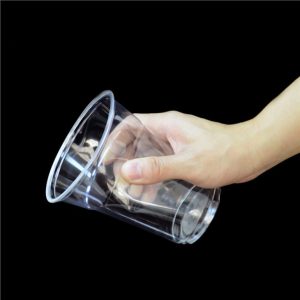
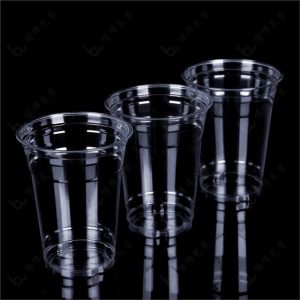
Common Sizes of Disposable Cups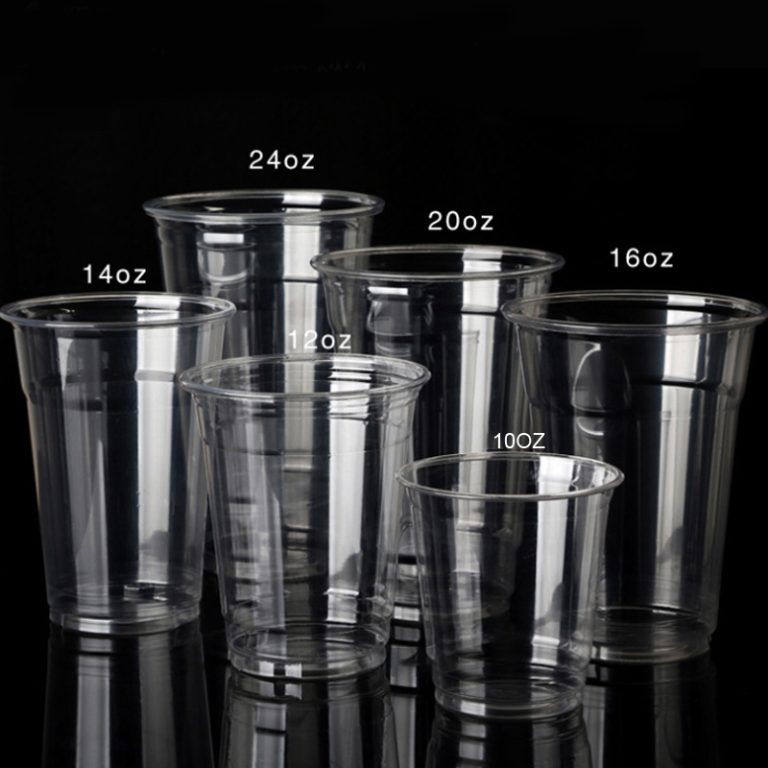
When customers order drinks at cafes or restaurants, they often don’t think about cup sizes in ounces—but for businesses, choosing the right size is crucial. Let’s break down the most popular sizes of Disposable Cups in the market:
Small Cups (8–12 oz)
-
Perfect for Plastic Coffee Cups used for small lattes, cappuccinos, or espresso-based drinks.
-
Common in bakeries, breakfast shops, and small beverage servings.
-
Lightweight and cost-effective for operators.
Medium Cups (12–16 oz)
-
The most common size for Ice Coffee Cups and standard cold drinks.
-
Ideal for soda, iced tea, and fruit juices.
-
A versatile option, balancing portion size and cost.
Large Cups (16–24 oz)
-
Popular for milk teas, bubble teas, smoothies, and Milkshake Cups.
-
Offer enough volume for ice and toppings while still being easy to carry.
-
Frequently used by fast-food chains for combo meals.
Extra-Large Cups (24–32 oz)
-
Designed for extra-large sodas, supersized iced coffees, or promotional drinks.
-
Found in cinemas, stadiums, and fast-food chains offering free refills.
-
Require sturdier Plastic Cups and lids to handle weight.
Applications of Disposable Cups in the Beverage Industry
Plastic Coffee Cups
Coffee culture is booming worldwide, and Plastic Coffee Cups—especially clear ones—are essential for iced versions of lattes, americanos, and cold brews. For businesses, cup branding (logos, sleeve printing, or custom designs) is a cost-effective way to advertise.
Ice Coffee Cups
With iced beverages dominating the younger consumer market, Ice Coffee Cups are critical. Their sizes generally range from 12 oz to 22 oz, accommodating ice, milk, flavor syrups, and toppings. PET is the best option because it maintains rigidity even with condensation.
Milkshake Cups
Thicker beverages like milkshakes, smoothies, and frappes need strong Disposable Cups. PET versions resist cracking and maintain clarity, making them the go-to choice. Domed lids with straw slots are common for these drinks, adding both function and style.
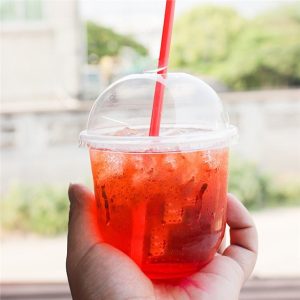
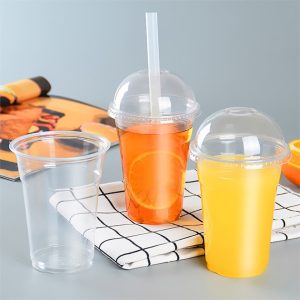
Market Insights: Global Demand for Disposable Cups
The global market for Disposable Cups continues to grow rapidly. According to Statista and market research firms, billions of units are consumed annually in North America, Europe, and Asia. This growth is driven by:
-
Rising coffee culture
-
Fast-food chain expansion
-
Convenience-focused lifestyles
-
Increased takeaway and delivery services
For businesses, offering a range of Disposable Cups in multiple sizes ensures meeting consumer expectations across beverage types.
Environmental Concerns and Sustainability
While Disposable Cups are convenient, they’ve also drawn criticism for contributing to plastic waste. PET cups, however, have some advantages:
-
Recyclability – Unlike styrofoam or some laminated paper cups, PET Cups are 100% recyclable.
-
Lightweight – Reduces transportation emissions compared with heavier alternatives.
-
Circular Economy – Recycled PET (rPET) is increasingly used to manufacture new Disposable Cups, reducing virgin plastic demand.
Many brands are also introducing eco-friendly lids, biodegradable straws, and rPET-based Plastic Cups to align with consumer sustainability preferences.
Benefits of Choosing PET for Disposable Cups
-
Clarity for beverage visibility.
-
Strength for cold and heavy drinks.
-
Safety with global food-grade certification.
-
Customizability with branding and printing.
-
Recyclability supporting green initiatives.
These advantages make Disposable Cups made from PET the default choice for cafes, restaurants, and retailers worldwide.
Choosing the Right Size for Your Business
When selecting Disposable Cups, businesses should consider:
-
Type of beverage (hot, cold, carbonated, thick).
-
Consumer expectations (small vs. large serving sizes).
-
Cost-effectiveness (balancing price and portion).
-
Sustainability practices (rPET availability, recycling programs).
For example:
-
A coffee shop may prioritize 12 oz and 16 oz Plastic Coffee Cups.
-
A smoothie chain may focus on 16 oz and 24 oz Milkshake Cups.
-
A cinema may use 32 oz Ice Coffee Cups for soft drinks.
Customization and Branding Opportunities
Disposable Cups are more than just containers—they are branding tools. PET cups allow businesses to:
-
Print logos, slogans, or promotional graphics.
-
Choose custom lid styles (flat, domed, strawless).
-
Match sizes to seasonal campaigns (holiday specials, summer drinks).
This enhances brand visibility every time a customer carries a drink on the go.
Future Trends in the Disposable Cups Market
-
Sustainable Materials – Wider use of rPET, compostable coatings, and hybrid plastics.
-
Smart Packaging – QR codes and digital printing for promotions and traceability.
-
Minimalist Design – Sleek clear cups with eco-friendly straws replacing colored plastics.
-
Global Regulations – Countries banning single-use plastics are pushing for recyclable Disposable Cups.
Conclusion
Disposable Cups are an integral part of modern beverage culture, from coffee shops to fast-food restaurants. With multiple sizes—8 oz to 32 oz—available, businesses can serve everything from espresso to oversized iced drinks. PET Cups stand out for their clarity, strength, and recyclability, making them the go-to option for Plastic Coffee Cups, Ice Coffee Cups, and Milkshake Cups.
As sustainability becomes more important, the shift toward recyclable and rPET-based Disposable Cups will only accelerate. Businesses that adapt early will not only meet consumer demands but also strengthen their brand reputation.
References
-
Everything You Should Know About PET Plastic Cups
An overview of PET cups, their advantages, and comparison with other plastics like HDPE.
https://shop.kevidko.com/news/everything-you-should-know-about-pet-plastic-cups/ -
Can Disposable PET Cups Be Sustainable?
Discusses the sustainability of PET cups, highlighting their recyclability and comparison with compostable alternatives.
https://jkaiplastic.com/blogs/can-disposable-pet-cups-be-sustainable -
PET Cup Market Size & Outlook 2024-2034
A market research report analyzing current market size, trends, and future growth of PET cups globally.
https://www.futuremarketinsights.com/reports/pet-cup-market -
PET Plastic Cups with Lids Wholesale
Information on various PET cup sizes, from 5 oz to 24 oz, suitable for different beverages.
https://trendzpackaging.com/plastic-food-packaging/pet-plastic-cups-with-lids/ -
PET Cups and Containers: Production & Recycling
Details on PET cup manufacturing and recycling, emphasizing recyclability in North America.
https://www.dartcontainer.com/resources/tools/material-guide/pet-polyethylene-terephthalate

